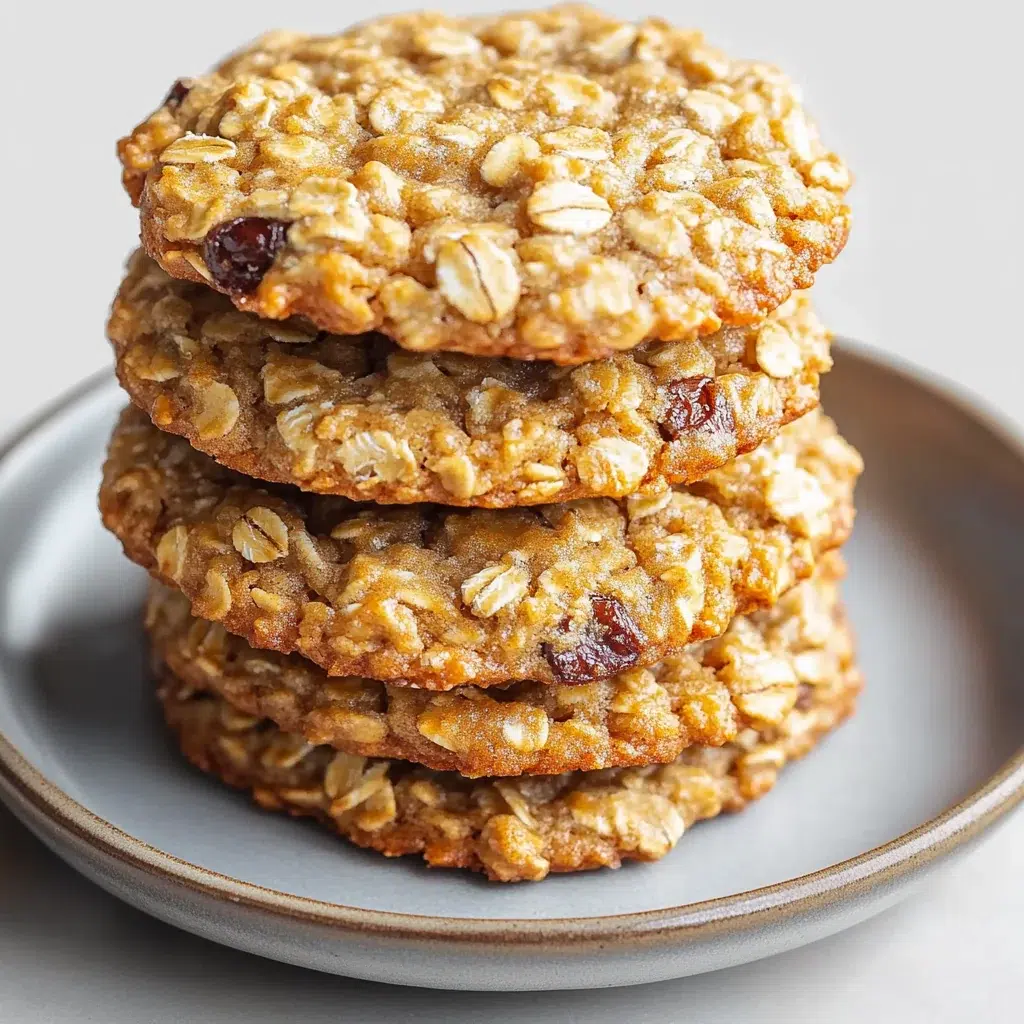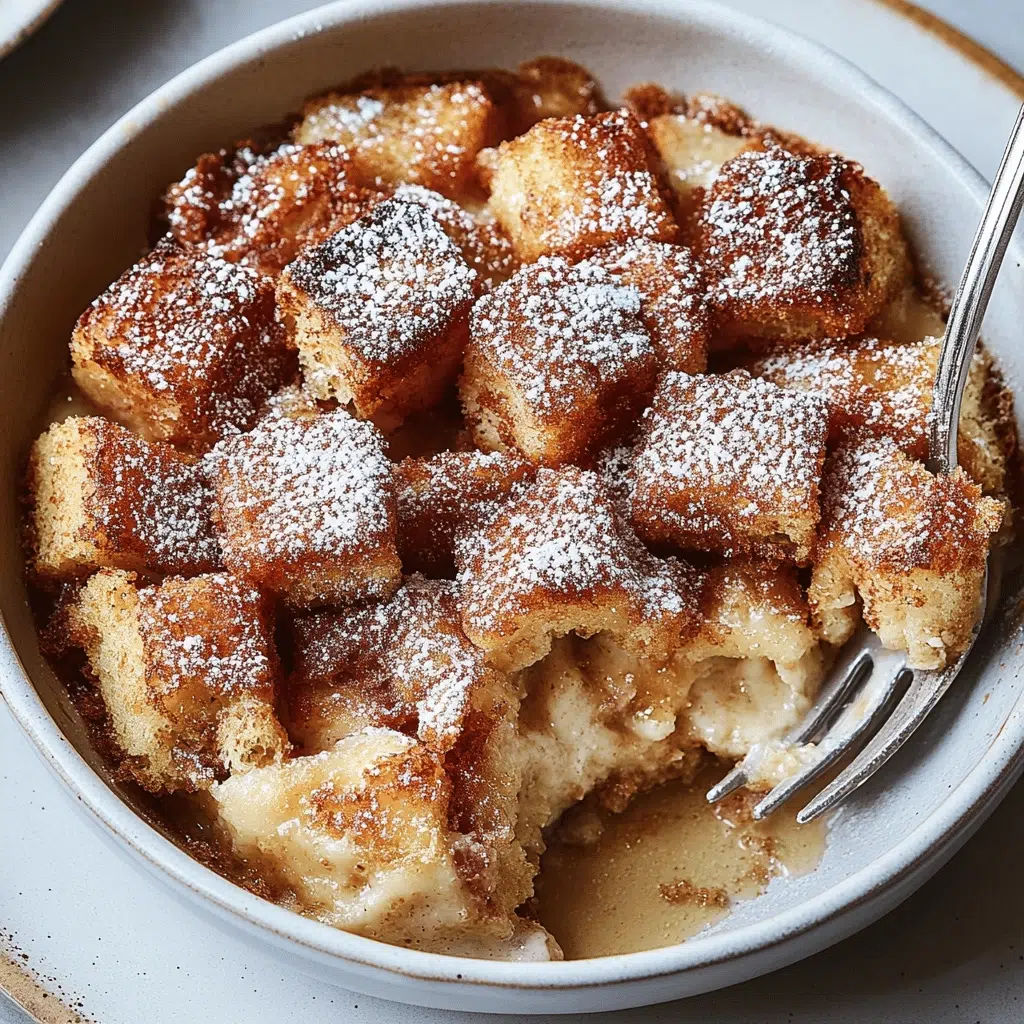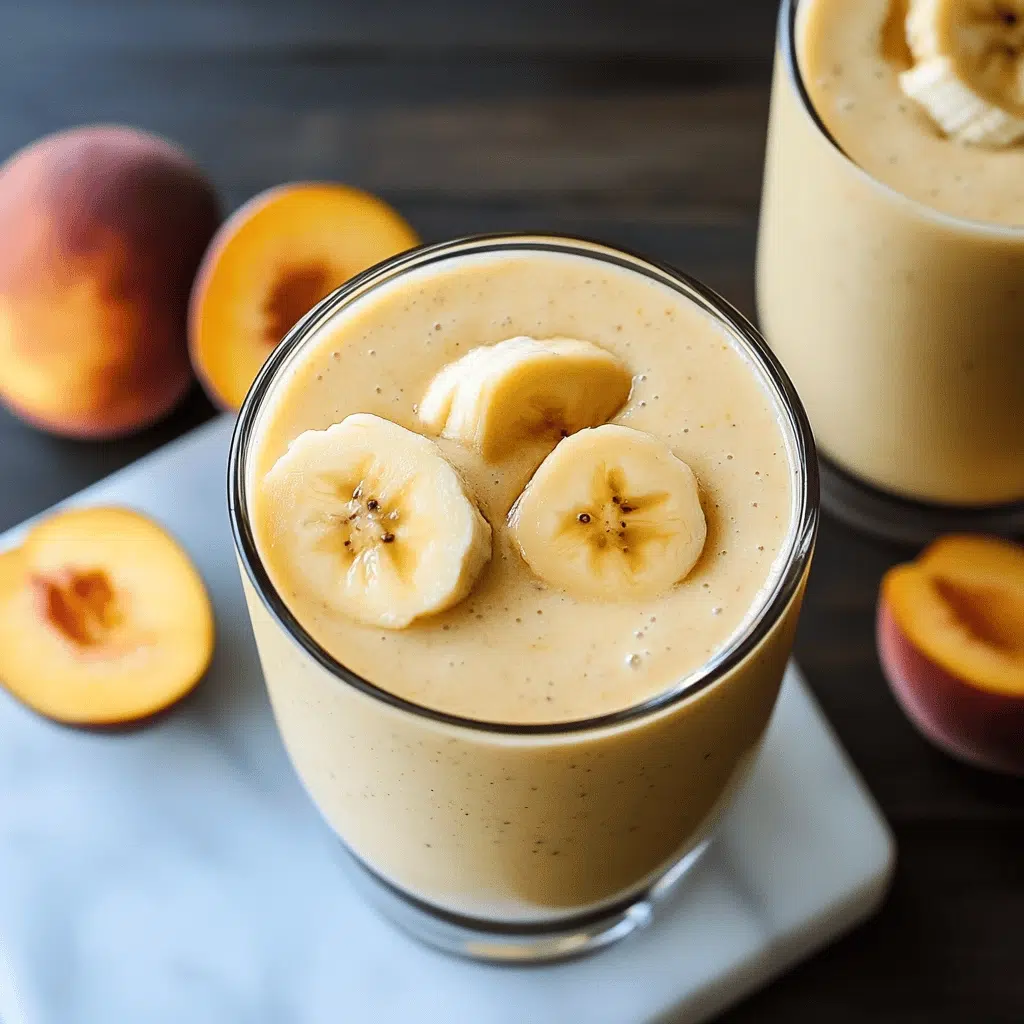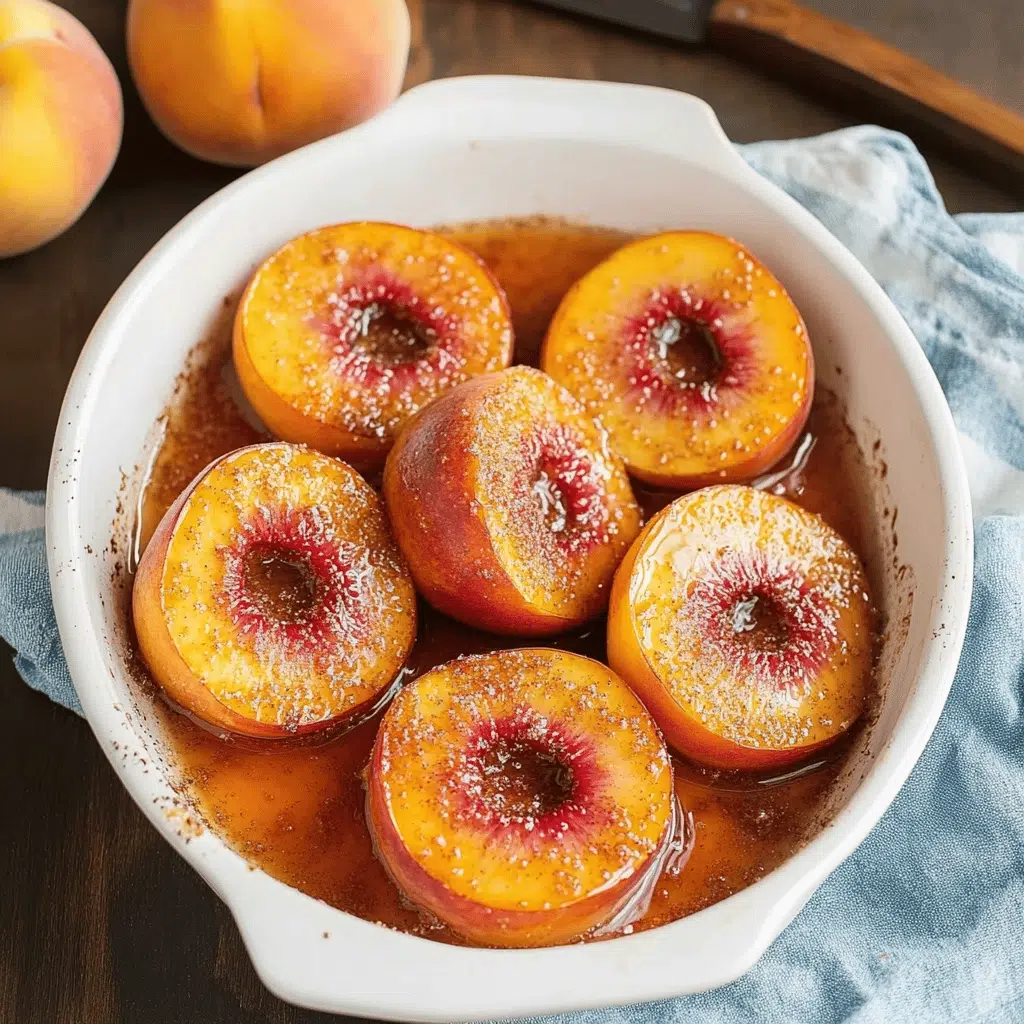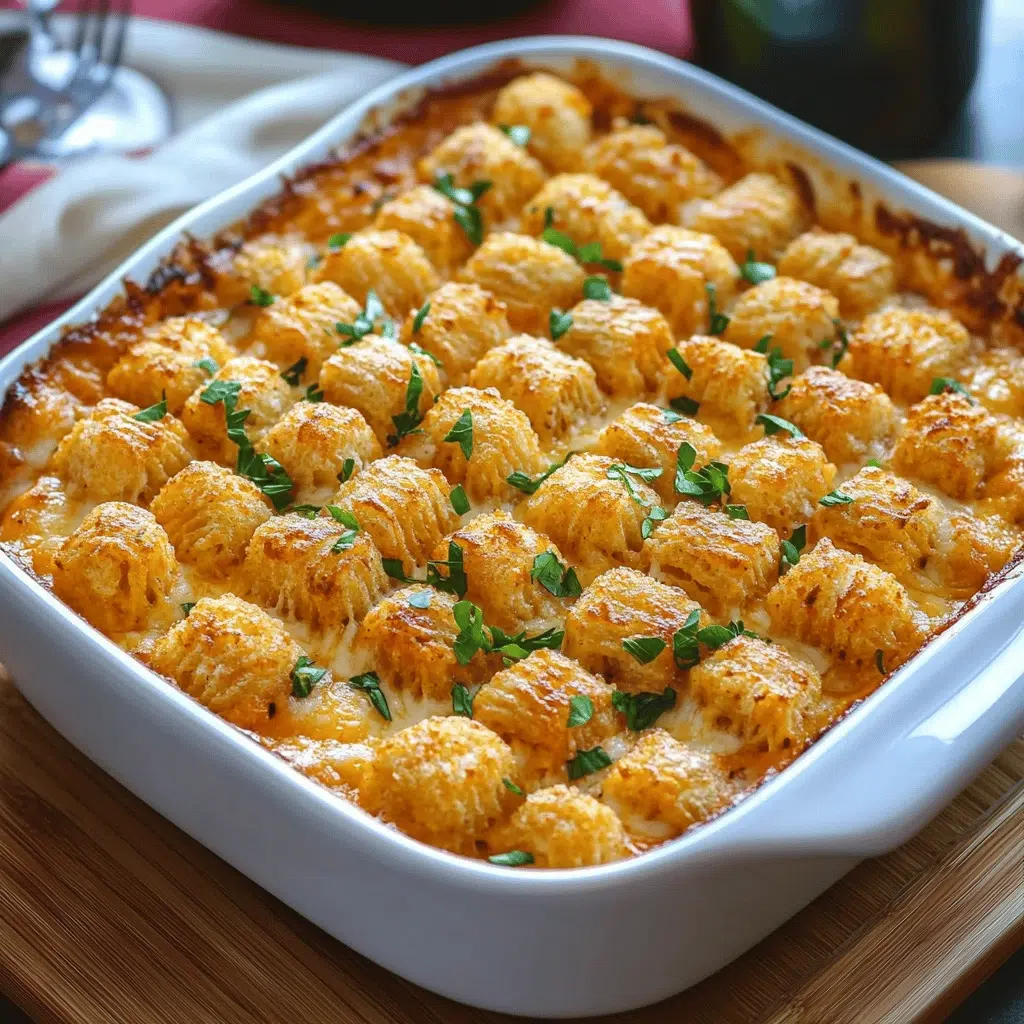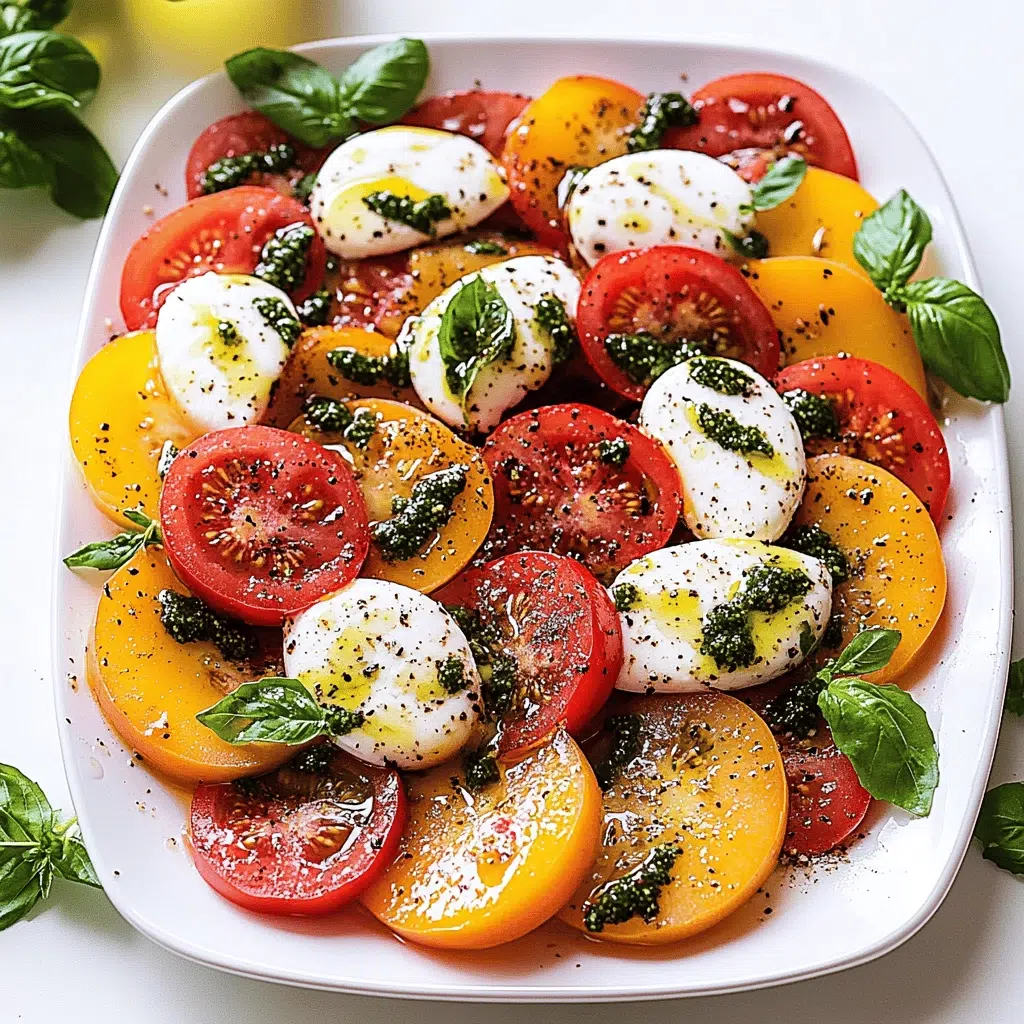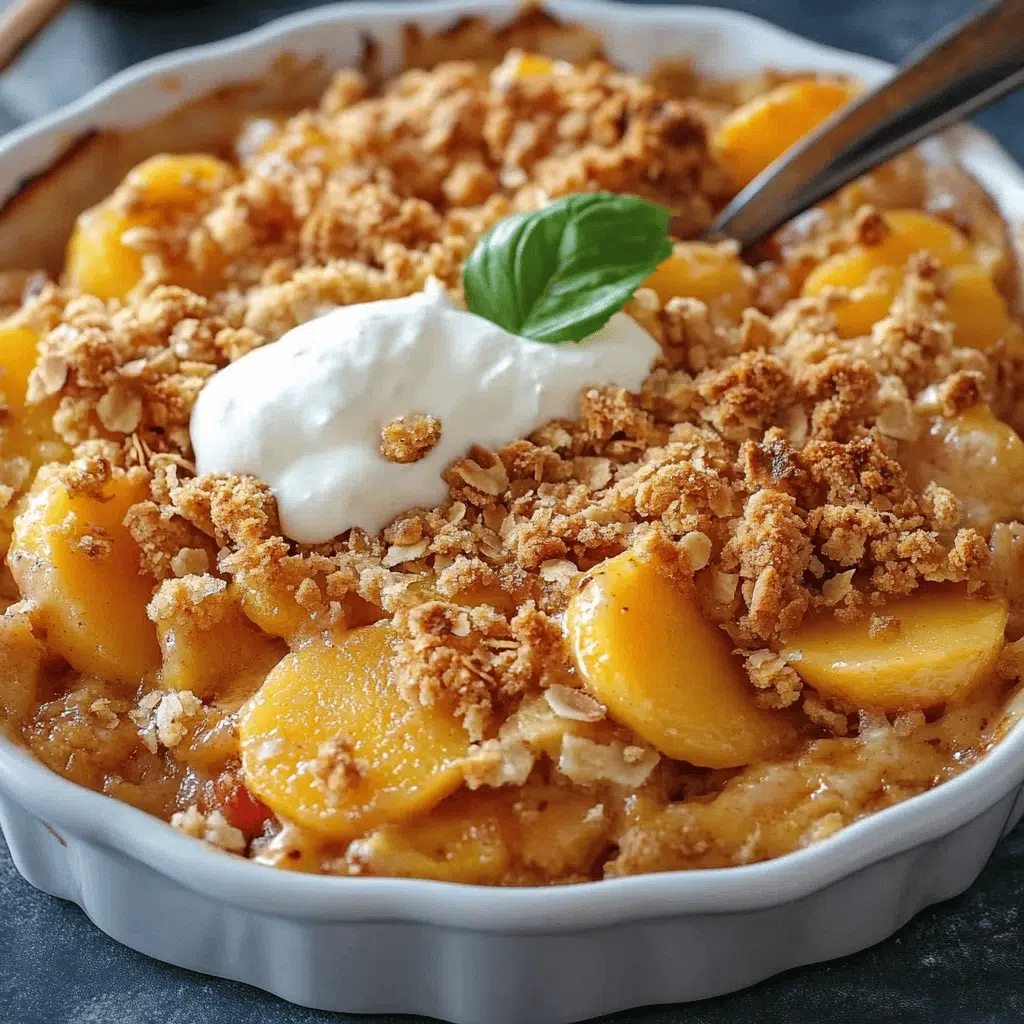There’s a particular kind of magic that happens when the scent of warm cinnamon, buttery brown sugar, and toasted oats begins to fill your kitchen. It’s a comforting aroma that promises a treat both wholesome and delightfully indulgent. That’s precisely the experience these Quaker Oatmeal Cookies deliver – a timeless classic that has warmed hearts and satisfied sweet cravings for generations. These aren’t just any cookies; they are a delightful blend of chewy oats, sweet raisins, and a hint of spice, making them perfect for an afternoon snack, a lunchbox surprise, or a cozy evening treat.
Growing up, a batch of freshly baked Oatmeal Cookies was the hallmark of a good day. The sight of those golden-brown rounds cooling on a wire rack meant that a perfectly textured, slightly crisp-edged, and wonderfully chewy cookie was moments away. This particular recipe, rooted in the reliability of Quaker Oats, has been a staple in my baking repertoire for years, tweaked and perfected to ensure a consistently delicious result. It’s the kind of recipe that feels like an old friend – dependable, comforting, and always welcome. Whether you’re a seasoned baker or just starting, these Quaker Oatmeal Cookies are a joy to make and even more of a joy to share.
Why You’ll Love This Recipe
These Quaker Oatmeal Cookies are more than just a sweet treat; they’re a baking experience you’ll want to repeat. Here’s why this recipe will quickly become a favorite:
- Incredibly Flavorful: The combination of brown sugar, vanilla, cinnamon, and chewy oats creates a rich, warm flavor profile that is simply irresistible. Each bite of these Oatmeal Cookies is a perfect balance of sweetness and spice.
- Wonderfully Textured: If you love an Oatmeal Cookie with a slightly crisp edge and a delightfully chewy center, this recipe is for you. The Quaker Oats provide a hearty, satisfying texture that sets these cookies apart.
- Simple and Straightforward: Despite their gourmet taste, these Oatmeal Cookies are surprisingly easy to make. With clear instructions and readily available ingredients, even novice bakers can achieve fantastic results.
- Perfectly Shareable: A batch of these Quaker Oatmeal Cookies yields enough to satisfy a crowd, making them ideal for family gatherings, potlucks, or as a thoughtful homemade gift.
- Great for All Ages: From kids who love the sweet chewiness to adults who appreciate a classic, well-made cookie, these Oatmeal Cookies are a universally loved treat. They’re perfect for busy parents looking for a reliable snack, meal preppers wanting a make-ahead dessert, or anyone simply in need of some good old-fashioned comfort food.
Ingredients for Quaker Oatmeal Cookies
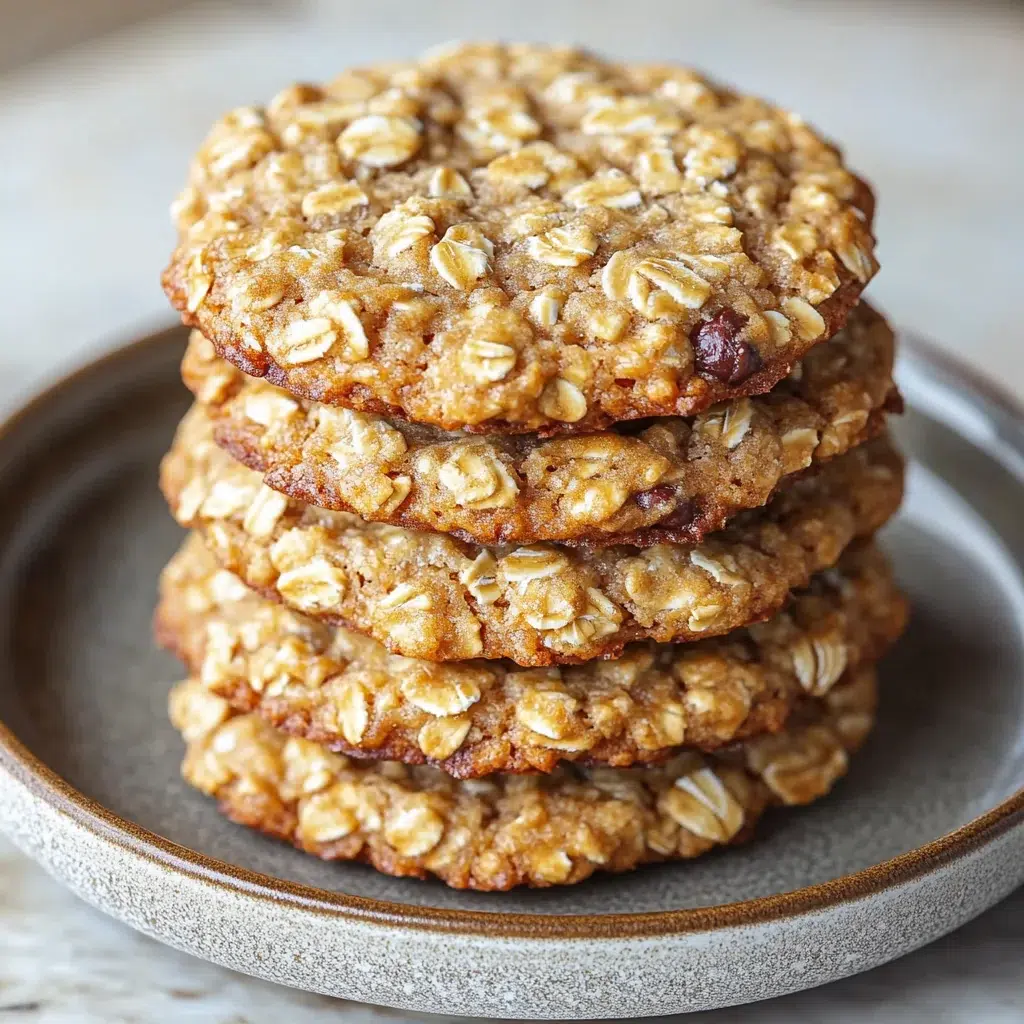
Crafting the perfect Quaker Oatmeal Cookies starts with quality ingredients. Each component plays a crucial role in achieving that signature taste and texture.
Core Ingredients
- 14 tablespoons (1 3/4 sticks) butter, softened: Use unsalted butter to control the saltiness. Softened butter, not melted, is key for a creamy dough and cookies that don’t spread too thin.
- 3/4 cup brown sugar, firmly packed: Brown sugar adds moisture and a rich, molasses flavor that is characteristic of great Oatmeal Cookies.
- 1/2 cup granulated sugar: Provides sweetness and helps the cookies spread to the perfect consistency, contributing to those desirable crispy edges.
- 2 large eggs: Eggs bind the ingredients together and add richness. Ensure they are at room temperature for better incorporation.
- 1 teaspoon vanilla extract: Pure vanilla extract enhances all the other flavors in the Oatmeal Cookies.
- 1 1/2 cups all-purpose flour: The structural backbone of the cookies. Spoon and level the flour for accuracy; don’t scoop directly from the bag.
- 1 teaspoon baking soda: This is our leavening agent, giving the Oatmeal Cookies a bit of lift and contributing to their chewy texture.
- 1 teaspoon ground cinnamon: The classic warm spice that pairs beautifully with oats. You can adjust to your preference, but a teaspoon is a great starting point for these Oatmeal Cookies.
- 1/2 teaspoon salt: Balances the sweetness and enhances the overall flavor. Omit if using salted butter.
- 3 cups Quaker Oats (quick or old-fashioned, uncooked): The star of the show! Both quick-cooking and old-fashioned oats work beautifully. Old-fashioned oats will give you a chewier, more textured Oatmeal Cookie, while quick oats yield a slightly softer, more uniform cookie. Do not use instant oats.
- 1 cup raisins: Plump, sweet raisins are a classic addition. You can also use other dried fruits or chocolate chips if you prefer.
Substitutions and Tips
- For the Oats: As mentioned, both Quaker Quick Oats and Old-Fashioned Oats are excellent choices for these Oatmeal Cookies. If you only have one type on hand, feel free to use it.
- Raisin Alternatives: Not a raisin fan? Swap them out for chocolate chips (milk, semi-sweet, or dark), dried cranberries, chopped nuts (walnuts or pecans are fantastic), or even butterscotch chips. This is a great way to customize your Oatmeal Cookies.
- Spice Variations: While cinnamon is classic, try adding a pinch of nutmeg or cardamom for a slightly different warm spice profile in your Oatmeal Cookies. A quarter teaspoon of either would be a good starting point.
- Gluten-Free Option: For gluten-free Oatmeal Cookies, substitute the all-purpose flour with a good quality gluten-free all-purpose flour blend (one that contains xanthan gum). Ensure your oats are certified gluten-free as well, as oats can often be cross-contaminated.
- Butter Temperature is Key: Ensure your butter is properly softened – not melted or too cold. It should give slightly when pressed with a finger. This allows it to cream properly with the sugars, incorporating air for a lighter textured Oatmeal Cookie.
- Don’t Overmix: Once you add the flour, mix only until it’s just combined. Overmixing develops the gluten too much, which can lead to tough Oatmeal Cookies.
Best Type of Oats to Use
When it comes to making exceptional Oatmeal Cookies, the type of oats you choose can significantly impact the final texture. For this Quaker Oatmeal Cookies recipe, you have two excellent options from the Quaker brand:
- Quaker Old-Fashioned Oats: These are whole rolled oats. They provide a more distinct, chewy texture and a heartier, more rustic feel to your Oatmeal Cookies. If you love a cookie with a good bite and prominent oat character, old-fashioned oats are the way to go. They absorb less moisture during baking compared to quick oats, which helps maintain that chewiness. Many bakers, myself included, often prefer old-fashioned oats for the most classic Oatmeal Cookie experience.
- Quaker Quick Oats: These oats are cut into smaller pieces and rolled thinner than old-fashioned oats, so they cook more quickly. In Oatmeal Cookies, quick oats tend to create a softer, slightly more uniform, and less assertively “oaty” texture. They absorb more moisture, which can lead to a slightly cakier cookie, though still wonderfully chewy. If you prefer a more tender Oatmeal Cookie, quick oats are a fantastic choice.
What not to use: Avoid using instant oats for this recipe. Instant oats are pre-cooked and dried, and their texture is too fine. Using them will result in Oatmeal Cookies that are pasty and lack the desired chewiness. Stick to either Quaker Old-Fashioned or Quick Oats for the best results in your Oatmeal Cookies. The beauty of this recipe is its versatility with these two oat types, allowing you to tailor the texture to your preference.
Kitchen Tools You’ll Need
Having the right tools makes baking these Quaker Oatmeal Cookies a breeze. Here’s what you’ll need:
Must-Have Tools
- Large Mixing Bowls: You’ll need at least two – one for creaming the butter and sugar, and another for combining the dry ingredients.
- Electric Mixer (Handheld or Stand Mixer): While you can make these Oatmeal Cookies by hand, an electric mixer makes creaming the butter and sugar much easier and more effective, leading to better cookie texture.
- Measuring Cups and Spoons: Accurate measurements are crucial in baking for consistent results with your Oatmeal Cookies.
- Rubber Spatula or Wooden Spoon: For scraping down the bowl and folding in the oats and raisins.
- Baking Sheets (Cookie Sheets): At least two are recommended so you can bake one batch while the other is cooling or being prepped.
- Parchment Paper or Silicone Baking Mats: These prevent the Oatmeal Cookies from sticking to the baking sheet and make cleanup much easier. They also promote even baking.
- Wire Cooling Rack: Essential for allowing the Oatmeal Cookies to cool properly, which helps them set and prevents them from becoming soggy.
- Cookie Scoop (Optional but Recommended): A medium-sized cookie scoop (about 1.5 to 2 tablespoons) helps ensure your Oatmeal Cookies are uniform in size, which means they’ll bake evenly.
Nice-to-Have Extras
- Sifter or Fine-Mesh Sieve: For sifting dry ingredients like flour, baking soda, and cinnamon. This helps to remove lumps and aerate the ingredients, leading to a more tender Oatmeal Cookie.
- Oven Thermometer: Ovens can vary in temperature. An oven thermometer ensures your oven is at the correct temperature, which is vital for perfectly baked Oatmeal Cookies.
How to Make Quaker Oatmeal Cookies
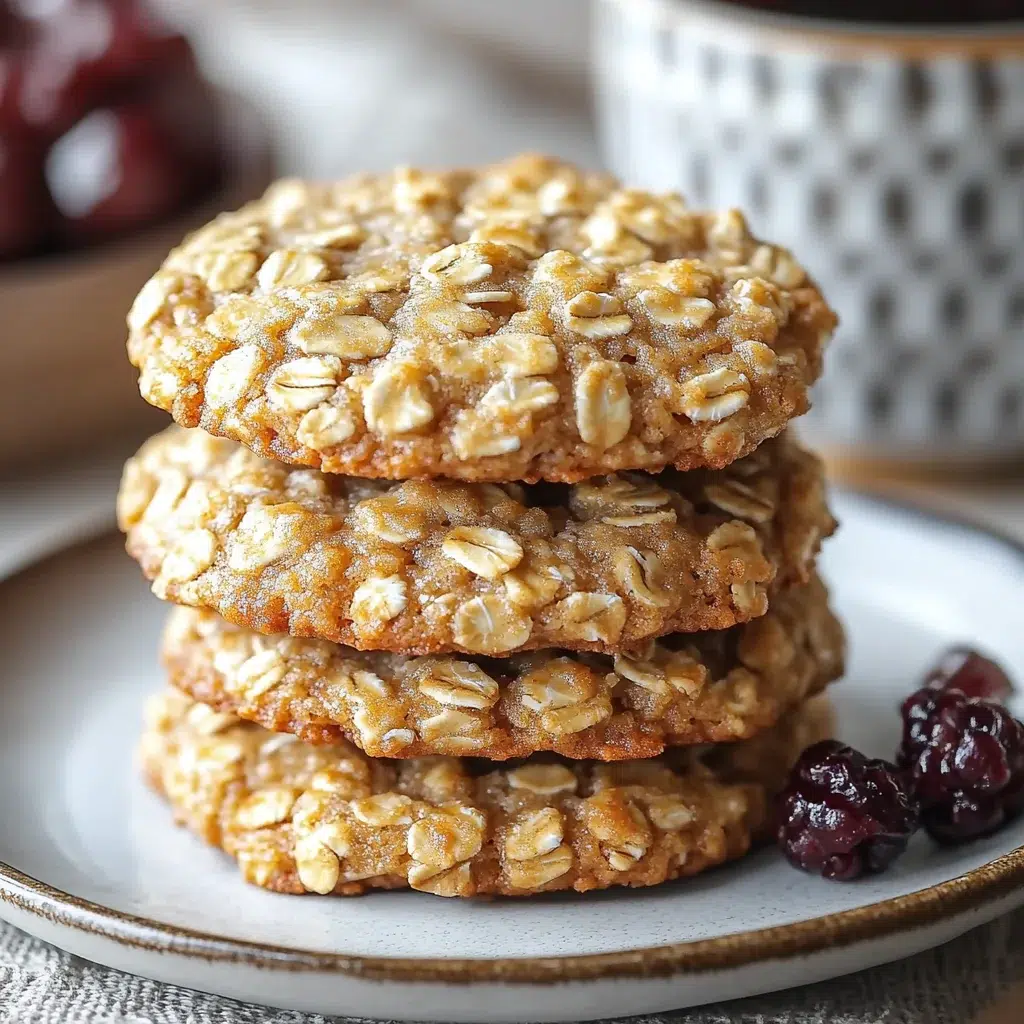
Now for the fun part – baking these delicious Quaker Oatmeal Cookies! Follow these steps for cookie perfection.
Step 1: Prep Your Station
Preheat your oven to 350°F (175°C). Line your baking sheets with parchment paper or silicone baking mats. This little step is a game-changer for easy cleanup and perfectly baked Oatmeal Cookies. Take your butter and eggs out of the fridge ahead of time so they can come to room temperature.
Step 2: Combine Dry Ingredients
In a medium bowl, whisk together the all-purpose flour, baking soda, cinnamon, and salt (if using). Whisking not only combines these ingredients but also aerates them slightly, similar to sifting. Set this bowl aside. Getting your dry ingredients ready first makes the mixing process for your Oatmeal Cookies smoother.
Step 3: Cream Butter and Sugars
In a large mixing bowl, using your electric mixer, beat the softened butter on medium speed for about 1-2 minutes until it’s smooth and creamy. You’ll see it lighten in color. Add the packed brown sugar and granulated sugar. Continue to beat on medium speed for another 2-3 minutes until the mixture is light, fluffy, and almost pale in color. This creaming process is crucial; it whips air into the dough, which contributes to the texture of your Oatmeal Cookies. Scrape down the sides and bottom of the bowl occasionally with your rubber spatula.
Step 4: Add Eggs and Vanilla
Add the eggs one at a time, beating well after each addition until fully incorporated. Don’t rush this step; ensure each egg is mixed in before adding the next. After the eggs are in, beat in the vanilla extract. The mixture should look well-emulsified and smooth. If it looks a bit curdled, don’t worry; it will come together once the flour is added.
Step 5: Gradually Add Flour Mixture
With the mixer on low speed, gradually add the dry ingredient mixture from Step 2 to the wet ingredients. Mix only until the flour is just combined. Be careful not to overmix at this stage, as this can lead to tougher Oatmeal Cookies. It’s okay if there are still a few streaks of flour.
Step 6: Stir in Oats and Raisins
Remove the bowl from the mixer (if using a stand mixer) or turn off your hand mixer. Add the Quaker Oats (your choice of old-fashioned or quick) and the raisins to the bowl. Using a sturdy rubber spatula or a wooden spoon, fold the oats and raisins into the dough until they are evenly distributed. The dough for your Oatmeal Cookies will be thick and wonderfully textured.
Step 7: Scoop and Bake
Drop rounded tablespoons of dough (a medium cookie scoop works perfectly here!) onto the prepared baking sheets, placing them about 2 inches apart to allow for spreading. These Oatmeal Cookies like a little room to grow.
Bake in the preheated 350°F (175°C) oven for 10-13 minutes, or until the edges are golden brown and the centers are just set. For chewier Oatmeal Cookies, err on the side of slightly underbaking; for crispier cookies, bake a minute or two longer. The aroma filling your kitchen will be divine!
Step 8: Cool the Cookies
Once baked, let the Oatmeal Cookies sit on the baking sheets for about 2-5 minutes. This allows them to firm up slightly before you transfer them. Then, carefully move the Oatmeal Cookies to a wire cooling rack to cool completely. Resist the urge to stack them while warm, as this can make them stick together or lose their shape.
Tips for Success
Achieving perfectly chewy and flavorful Quaker Oatmeal Cookies every time is easy with these pro tips:
- Measure Flour Correctly: The most common baking mistake is incorrect flour measurement. Spoon your flour into the measuring cup and then level it off with a straight edge. Scooping directly from the bag can pack the flour, resulting in too much flour and dry, dense Oatmeal Cookies.
- Chill the Dough (Optional for Thicker Cookies): If you find your Oatmeal Cookies are spreading too much, or if you prefer a thicker cookie, chill the dough for 30-60 minutes before scooping and baking. This solidifies the butter, reducing spread.
- Don’t Overbake: For that desirable chewy center, pull the Oatmeal Cookies from the oven when the edges are golden and the centers look just set, perhaps even a tiny bit underdone. They will continue to bake slightly on the hot cookie sheet after you remove them.
- Use Room Temperature Ingredients: Softened butter and room temperature eggs incorporate much more easily and create a smoother, more uniform dough for your Oatmeal Cookies. This helps achieve that perfect texture.
- Press for Perfection (Optional): If you like your Oatmeal Cookies a bit flatter and with a more uniform surface, you can gently press the dough balls down with the bottom of a glass (dipped in a little sugar to prevent sticking) before baking.
How to Store Quaker Oatmeal Cookies
Proper storage will keep your delicious Quaker Oatmeal Cookies fresh and tasting their best for as long as possible.
- Room Temperature: Once completely cooled, store your Oatmeal Cookies in an airtight container at room temperature. They will generally stay fresh for up to 3-5 days. To help maintain their chewiness, you can add a slice of bread to the container; the cookies will absorb moisture from the bread.
- In the Refrigerator: While Oatmeal Cookies can be stored in the refrigerator in an airtight container for up to a week, refrigeration can sometimes make them a bit harder. If you do refrigerate them, allow them to come to room temperature before serving, or warm them slightly in the microwave (just a few seconds) or oven for a fresh-baked taste.
- Freezing Tips:Oatmeal Cookies freeze exceptionally well!
- Freezing Baked Cookies: Allow the Oatmeal Cookies to cool completely. Place them in a single layer on a baking sheet and freeze until solid (about 1-2 hours). Once frozen, transfer them to a freezer-safe zip-top bag or airtight container, placing parchment paper between layers if stacking. They can be frozen for up to 3 months. Thaw at room temperature or warm in a low oven (around 300°F or 150°C) for a few minutes.
- Freezing Cookie Dough: Scoop the Oatmeal Cookie dough onto a parchment-lined baking sheet, then freeze until the dough balls are solid. Transfer the frozen dough balls to a freezer-safe bag or container. You can bake them directly from frozen; just add a couple of extra minutes to the baking time. This is a fantastic way to have fresh Oatmeal Cookies on demand!
Frequently Asked Questions (FAQs)
Can I make these Oatmeal Cookies with different add-ins?
Absolutely! While raisins are classic, feel free to substitute them with an equal amount of chocolate chips (semi-sweet, milk, or dark), butterscotch chips, white chocolate chips, chopped nuts (walnuts or pecans are wonderful), or even dried cranberries for a tart twist to your Oatmeal Cookies.
Why are my Oatmeal Cookies flat?
Flat Oatmeal Cookies can be due to a few reasons: butter that was too soft or melted, an oven that’s not hot enough (use an oven thermometer!), or using too much sugar which can cause more spread. Chilling the dough for 30-60 minutes before baking often helps prevent excessive spreading.
Can I use salted butter instead of unsalted for these Oatmeal Cookies?
Yes, you can use salted butter. If you do, you might want to reduce or omit the 1/2 teaspoon of salt called for in the recipe to avoid your Oatmeal Cookies being too salty. Taste is subjective, so you might experiment to find your perfect balance.
How do I get chewier Oatmeal Cookies?
For maximum chewiness in your Oatmeal Cookies, use old-fashioned rolled oats, ensure your brown sugar is fresh and moist, and be careful not to overbake. Pulling them from the oven when the centers are just set is key. Chilling the dough can also contribute to a chewier texture by preventing over-spreading.
Can I make this Oatmeal Cookie dough ahead of time?
Yes! You can prepare the Oatmeal Cookie dough, cover it tightly with plastic wrap, and refrigerate it for up to 2-3 days before baking. Allow the dough to sit at room temperature for about 15-20 minutes to soften slightly before scooping if it’s too firm.
Conclusion
There you have it – everything you need to create a batch of truly exceptional Quaker Oatmeal Cookies. This recipe is more than just a set of instructions; it’s an invitation to create warm memories and delicious moments. The combination of simple ingredients, straightforward steps, and the ability to customize with your favorite add-ins makes these Oatmeal Cookies a versatile and reliable go-to for any occasion. Whether you’re baking for your family, sharing with friends, or simply treating yourself, these classic Oatmeal Cookies are sure to bring comfort and joy with every chewy, flavorful bite. Happy baking!


